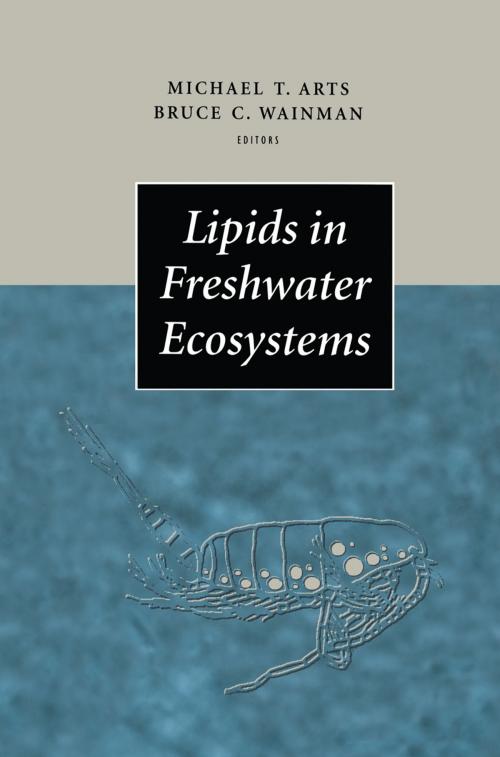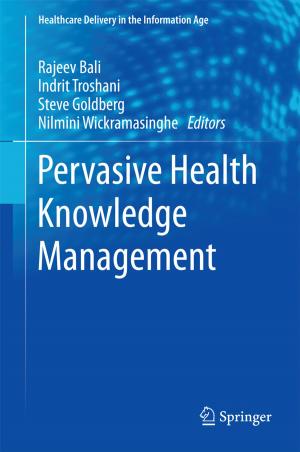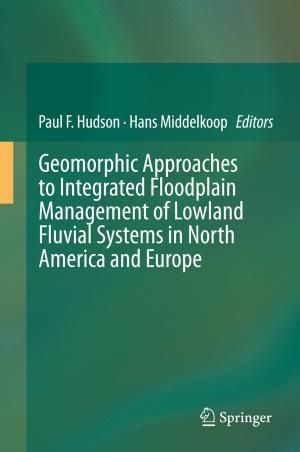Lipids in Freshwater Ecosystems
Nonfiction, Science & Nature, Science, Earth Sciences, Geology, Biological Sciences, Ecology| Author: | ISBN: | 9781461205470 | |
| Publisher: | Springer New York | Publication: | December 6, 2012 |
| Imprint: | Springer | Language: | English |
| Author: | |
| ISBN: | 9781461205470 |
| Publisher: | Springer New York |
| Publication: | December 6, 2012 |
| Imprint: | Springer |
| Language: | English |
The fundamental purpose of this book is to synthesise the divergent literature on aquatic lipids into a co-ordinated, digestible form. A large part of the book addresses lipid composition and production in freshwater organisms, with chapters on phytoplankton, zooplankton and benthic invertebrates. A common theme throughout the book is the function of lipids in aquatic food webs, with a chapter devoted exclusively to lipids as indicators of health in fish populations. A complementary chapter highlights the role of lipids and essential fatty acids in mariculture. Methodologies to determine the lipid content of aquatic samples and suggestions as to the utility of fatty acids as trophic markers are included, as is one chapter on the role of lipids in the bioaccumulation and bioconcentration of toxicants and another on the relationships between lipids and surface films and foams. The final chapter highlights the similarities and differences between lipids of marine and freshwater origin. Students and researchers in ecology, phycology, aquatic toxicology, physiological ecology and limnology will find this an invaluable guide and reference.
The fundamental purpose of this book is to synthesise the divergent literature on aquatic lipids into a co-ordinated, digestible form. A large part of the book addresses lipid composition and production in freshwater organisms, with chapters on phytoplankton, zooplankton and benthic invertebrates. A common theme throughout the book is the function of lipids in aquatic food webs, with a chapter devoted exclusively to lipids as indicators of health in fish populations. A complementary chapter highlights the role of lipids and essential fatty acids in mariculture. Methodologies to determine the lipid content of aquatic samples and suggestions as to the utility of fatty acids as trophic markers are included, as is one chapter on the role of lipids in the bioaccumulation and bioconcentration of toxicants and another on the relationships between lipids and surface films and foams. The final chapter highlights the similarities and differences between lipids of marine and freshwater origin. Students and researchers in ecology, phycology, aquatic toxicology, physiological ecology and limnology will find this an invaluable guide and reference.















